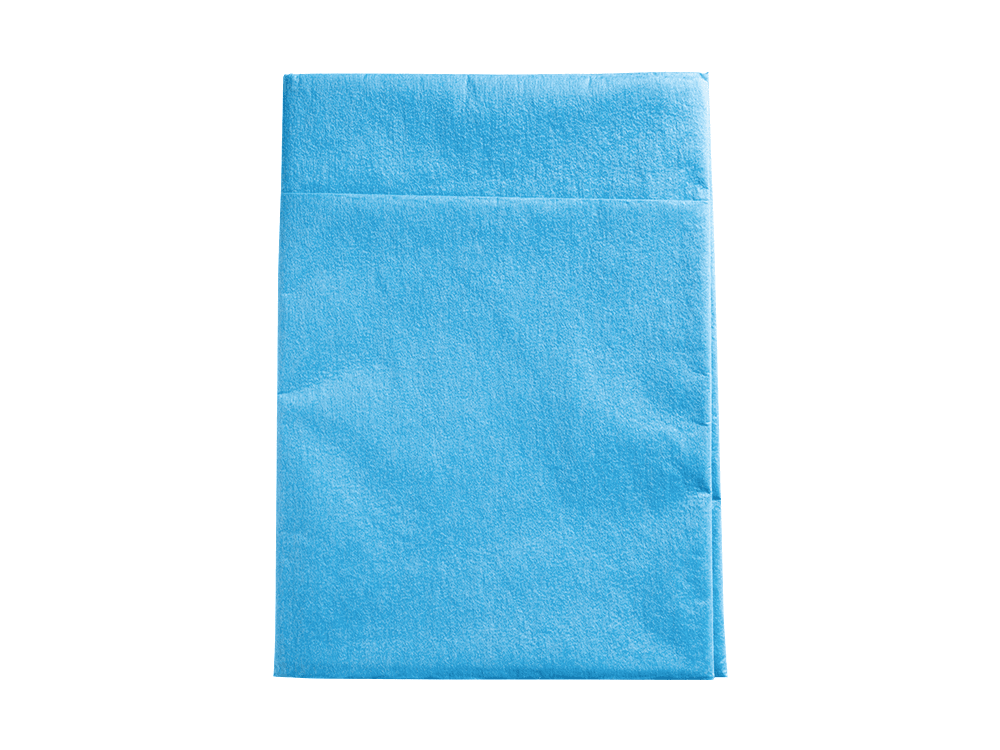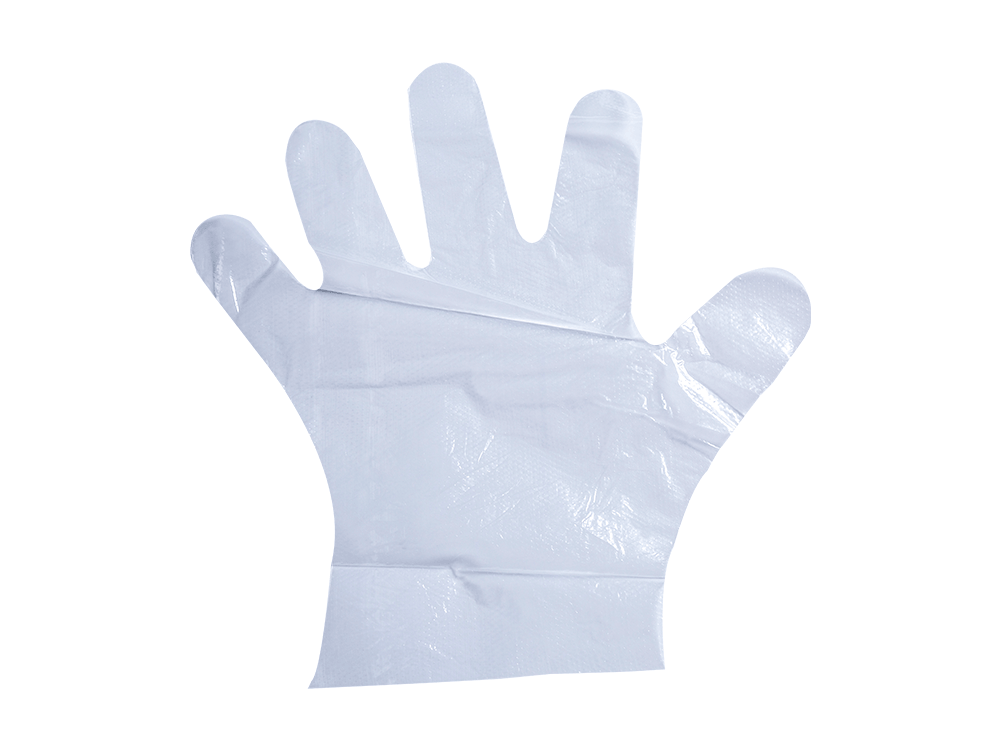The barrier performance of disposable surgical drapes refers to their ability to act as an effective barrier against the penetration of microorganisms and fluids, thereby preventing contamination of the surgical site and maintaining a sterile environment during the procedure.
The barrier performance of surgical drapes is typically evaluated using several key characteristics:
Fluid resistance: Surgical drapes should be designed to repel fluids, including blood and other bodily fluids, to prevent them from soaking through the drape and contaminating the surgical field.
Bacterial filtration efficiency (BFE): BFE measures the percentage of bacteria that the drape material can filter out. Higher BFE values indicate better bacterial barrier properties.
Viral penetration resistance: This measures the ability of the surgical drape to prevent the passage of viruses through the material.
Particulate barrier properties: Surgical drapes should prevent the passage of particles of various sizes, including microorganisms, to maintain a sterile environment.
Liquid strike-through resistance: This evaluates the ability of the drape to resist liquid penetration under pressure.
Microbial cleanliness: The drape material should be sterile before use, and its microbial cleanliness should be validated through appropriate testing.
The barrier performance of disposable surgical drapes is crucial for preventing surgical site infections (SSIs) and other post-operative complications. Different surgical procedures may have varying requirements for barrier performance, and specific drapes may be selected based on the complexity and risk of the surgery.
Manufacturers of disposable surgical drapes typically conduct extensive testing to assess the barrier performance of their products. They must comply with relevant international standards and guidelines, such as those set by organizations like the Food and Drug Administration (FDA) in the United States or the European Medicines Agency (EMA) in Europe. These standards help ensure that the surgical drapes meet stringent quality and safety requirements before they are approved for use in clinical settings.


 english
english 中文简体
中文简体

















